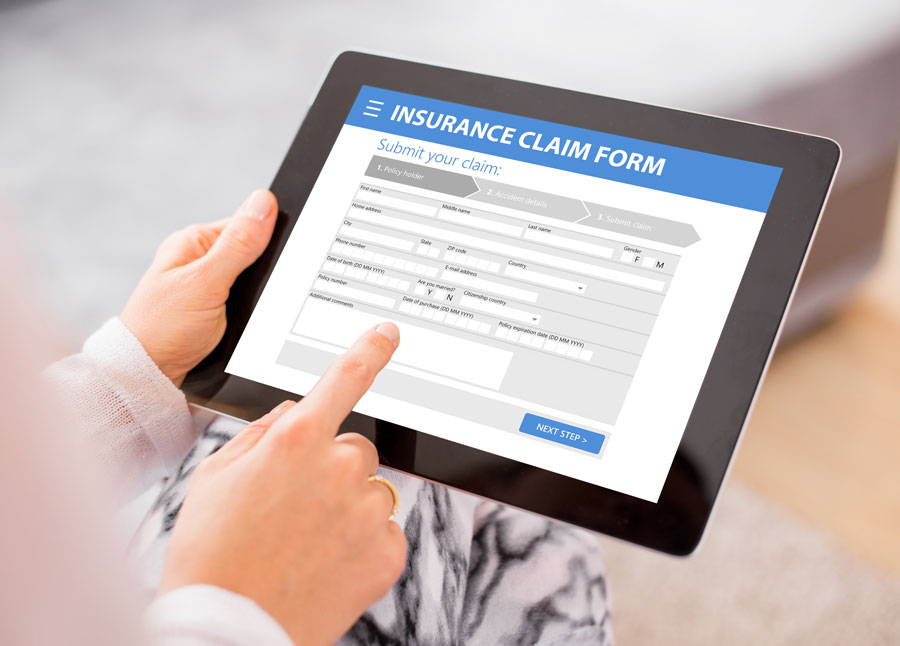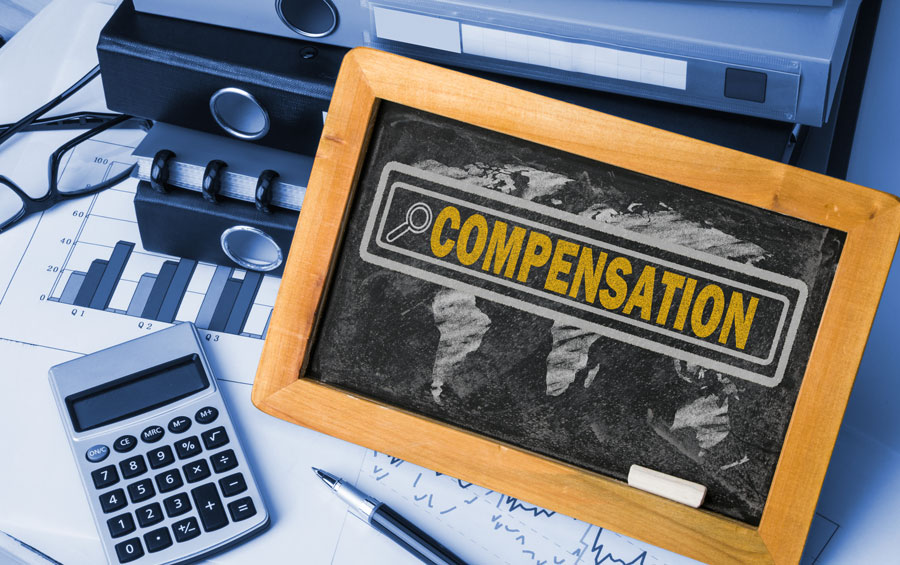Low light conditions can lead to increased auto accident risk due to reduced driver visibility, increased reaction time, and difficulty assessing road conditions. Inadequate street lighting exacerbates these driving hazards, making it more difficult for drivers to see pedestrians, road signs, and potential obstacles.
The fatality rate for nighttime accidents is 3x higher than those of daytime accidents. The relationship between poor lighting and increased accident rates during low light conditions emphasizes the need for improved street lighting and better visibility aids for drivers during nighttime hours. [1]
Here we will examine the risks of low light driving, highlighting how hazard lights lead to accidents while also discussing tips, road sign utilization, filing claims, and establishing liability in accidents at night.

Can Poor Visibility Lead to Driver Errors?
Poor visibility can significantly impact a driver’s ability to react and it affects depth perception which ultimately leads to errors and accidents. Reduced visibility can impair a driver’s reaction time, as they may not see a hazard or obstacle until it’s too late to respond effectively.
According to the National Safety Council, visibility at night is restricted to roughly 500 feet with high-beam headlights (250 feet with normal headlights), leaving less time to respond to obstacles on the road, particularly when traveling at higher speeds. [2]
The delay in reaction time increases the risk of nighttime accidents. In addition, limited visibility can also cause a driver to misinterpret their surroundings, the distance between vehicles, or other potential dangers on the road.
Common driver errors in low visibility conditions include:
- Failure to adjust speed to ensure safe stopping distances
- Failing to yield to pedestrians
- Improper lane changes
- Following too closely
These errors can result in rear-end collisions, sideswiping other vehicles, striking pedestrians, and intersection accidents.
Dangers Associated with Driving in Low Light Conditions
Driving in low light conditions poses several dangers, including:
- Compromised vision due to darkness, fog, or heavy rain makes it hard to see dangers, pedestrians, and vehicles on the road
- Driver fatigue is also a contributing factor as it compromises reaction times and decision-making abilities
- Crossing paths with a drunk driver is also a risk in the evening hours as their ability to operate their vehicle safely is significantly reduced
- Age plays a significant role in compromised night vision, as older drivers may experience a decline in their ability to see in night driving conditions
To combat poor visibility, drivers can make sure their headlights are in good working order, reduce their speed on roads, and increase their following distance to provide more reaction time.
Drivers should also practice defensive driving techniques, such as staying focused on the road, avoiding distractions, and being extra cautious at intersections and while changing lanes.

Tips for Low Light Driving
Low light driving can be challenging, but there are several tips to ensure nighttime traffic safety on the road. Here are some important tips to follow:
- Ensure headlights are clean and properly adjusted to improve visibility in low light conditions
- Use low beams and fog lights when necessary to enhance visibility without blinding other drivers
- Maintain a clean windshield to increase peripheral vision and avoid glare and distorted vision
- Wear appropriate eyewear, such as anti-glare glasses, to reduce glare from oncoming vehicles and improve visibility in low light conditions
- Slow down when driving in low light conditions for better reaction time and avoid potential hazards
- Ensure all vehicle lights, including brake lights and turn signals, function properly to increase visibility to other drivers
Filing Claim for Low Light Accidents
Filing a claim for low light accidents involves specific steps to ensure proper documentation and compensation.
- Gather Information: Collect details about the accident, including date, time, location, and involved parties’ information. Capture photos or videos if possible.
- Contact Authorities: Report the incident to law enforcement and file an official report. It creates an official record of the accident.
- Notify the Insurer: Contact the insurance company promptly to inform them about the accident. Provide all necessary details and documentation to support the claim.
- Document Medical Records: If injuries are involved, seek medical attention immediately. Keep records of medical treatment, doctor visits, and any related expenses.
- Preserve Evidence: Retain all evidence related to the accident, including vehicle damage, medical bills, repair estimates, and any communication with the other party or witnesses.
- Consult Legal Support: If an accident injury claim or property damage claim becomes complex or if there are disputes, consider consulting a personal injury lawyer specializing in accidents and insurance claims.
- Follow Claim Procedures: Adhere to the procedures outlined by the insurance company for filing the claim.

How Can You Prove Liability in Low Light Auto Accidents?
Start by gathering evidence from various sources. Eyewitness accounts play a significant role in establishing the events leading up to the accident.
Weather reports can provide valuable information about bad weather conditions and visibility during the accident, particularly if smoky conditions, heavy rain, fog, or snow are present. Traffic camera footage can be used to analyze the movements of vehicles involved in the accident, while accident reconstruction analysis can provide a detailed assessment of how the accident occurred.
It’s possible to support a compensation claim by demonstrating the negligence or recklessness of the at-fault party, which can be used to seek damages for medical expenses, vehicle repairs, and other losses incurred as a result of the accident.
Compensation for Low Light Auto Accidents
The victim in a low light auto accident may be entitled to compensation for their accident injuries and damages. Determining liability is the first step in a compensation claim, which requires gathering evidence such as police reports, witness statements, and photographs from the accident scene.
If the other party is found to be at fault, the victim may pursue legal options such as filing a personal injury claim or lawsuit. The amount of compensation available can be impacted by factors such as the severity of injuries, property damage, and financial losses. More severe injuries and extensive property damage may result in higher compensation.
Document all medical treatments, repair costs, and income losses to accurately calculate the victim’s compensation.

Goldberg and Loren accident attorneys provide expert legal representation to those affected by low light accidents. Call for a free consultation today.
FAQs
Sources:
[1] Lighting – Safety | Federal Highway Administration. (n.d.). https://safety.fhwa.dot.gov/provencountermeasures/lighting.cfm
[2] Nighttime Driving – Association for the Advancement of Automotive Medicine. (2022, February 7). Association for the Advancement of Automotive Medicine. https://www.aaam.org/nighttime-driving/

